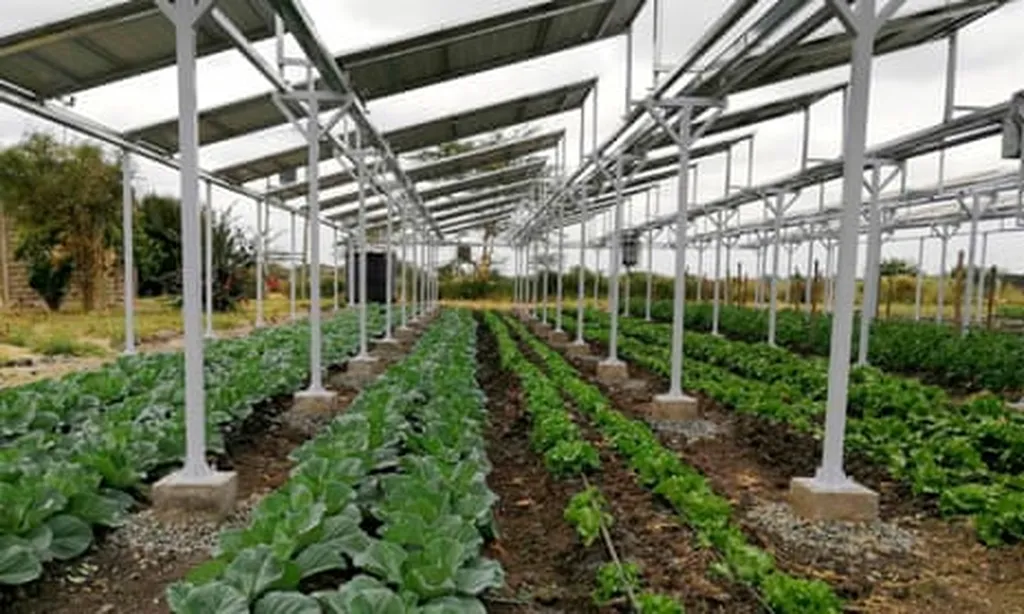In the heart of China’s agricultural revolution, a groundbreaking study has shed light on the transformative power of green technologies in boosting major grain crop production and efficiency. Led by Fulin Zhao from the College of Resources and Environment at Southwest University in Chongqing, the research, published in the journal *Frontiers of Agricultural Science and Engineering* (translated from its original Chinese title), offers a roadmap for sustainable agriculture that could resonate globally, particularly in the energy sector.
China’s agricultural landscape has undergone a remarkable metamorphosis over the past two decades. National statistics reveal a 58% surge in grain production, an 8.6% increase in total planting area, and a significant reduction in nutrient input by 0.83 million tons. These changes are not merely numbers; they represent a paradigm shift driven by technological innovation.
At the forefront of this agricultural renaissance is the integrated soil-crop system management. This holistic approach has slashed reactive nitrogen losses by 30% and greenhouse gas emissions by 11%, according to Zhao’s study. “The integrated soil-crop system management is a game-changer,” says Zhao. “It optimizes the planting and fertilizer structure, leading to more sustainable and efficient agriculture.”
The study also highlights the pivotal role of root zone nutrient regulation techniques, such as in-season nitrogen management. These methods have boosted yields by 8% while reducing nitrogen rates by 25%. Rhizosphere nutrient regulation technology has shown even more impressive results, increasing yield by 20.2% and decreasing nitrogen rate by 20%–30%.
Looking ahead, the study predicts that integrated soil-crop system management will continue to demonstrate significant advantages. By 2050, it is expected to increase the total production of rice, wheat, and maize by 45.8, 115, and 360 million tons, respectively. These projections underscore the immense potential of green technologies in meeting the growing food demand while minimizing environmental impact.
The research also identifies key recommendations for the future: the implementation of precise management for organic manure, the promotion of enhanced-efficiency fertilizers, and the adoption of new technologies like integrated soil-crop system management combined with rhizosphere nutrient regulation and intelligent nutrient management. These measures are poised to drive the development of green, high-yield, and efficient agriculture.
For the energy sector, the implications are profound. As the world grapples with the challenges of climate change and resource depletion, the lessons from China’s agricultural revolution offer valuable insights. The integration of green technologies in agriculture not only enhances food security but also contributes to the broader goals of sustainability and energy efficiency.
In conclusion, Zhao’s research published in *Frontiers of Agricultural Science and Engineering* serves as a beacon of hope and a call to action. It underscores the urgent need for technological innovation and sustainable practices in agriculture, setting the stage for a greener, more efficient future. As we stand on the brink of a new agricultural era, the lessons from China’s fields could very well shape the global landscape of food production and energy sustainability.

